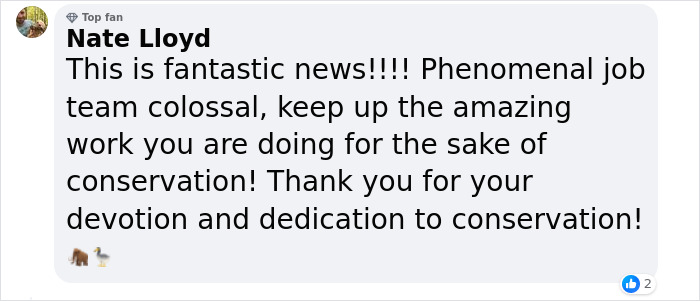If you were ever curious about what the extinct woolly mammoths looked like, you may soon have your wish fulfilled, as biotech company Colossal Biosciences has announced a major breakthrough in their goal to resurrect the furry 6-ton, 16-foot creatures.
On Wednesday (March 6), the Dallas-based company revealed it had created a kind of stem cell for the closest living relative of the woolly mammoth: the Asian elephant.
According to Colossal, scientists have, for the first time, created induced pluripotent stem cells for Asian elephants, edging closer to creating an animal that “will walk like a woolly mammoth, look like one, sound like one, but most importantly, it will be able to inhabit the same ecosystem previously abandoned by the mammoth’s extinction.”
Biotech company Colossal has announced a breakthrough in stem cell creation that inches them closer to the de-extinction of the woolly mammoth
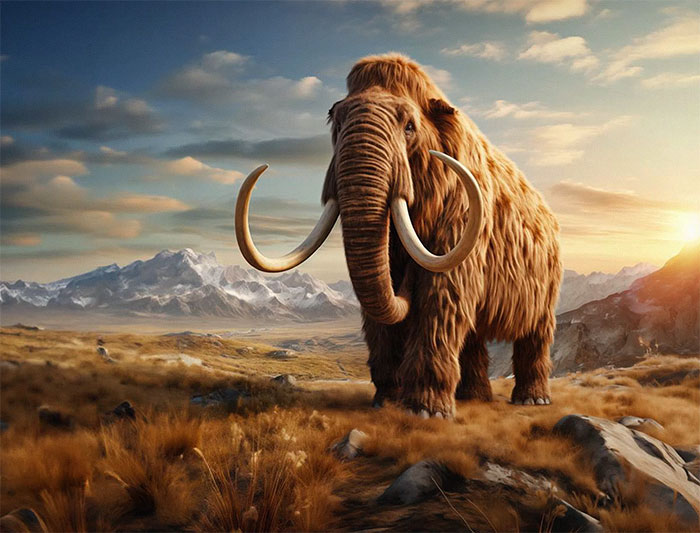
Image credits: Colossal Biosciences
“This is probably the most significant step in the early stages of this project,” said George Church, a geneticist at Harvard University and the Massachusetts Institute of Technology, who co-founded Colossal Biosciences.
Colossal plans to describe their project in a scientific paper to be posted on the bioRxiv preprint server. It hasn’t been peer-reviewed, but the company says that’s in progress, as per NPR.
Thriving during the Pleistocene ice ages, the woolly mammoth was a big, shaggy species of elephant that roamed the tundra before going extinct after much of their habitat was lost due to the Earth’s temperatures increasing in the aftermath of the last ice age.
Scientists have, for the first time, created a kind of stem cell for the closest living relative of the woolly mammoth: the Asian elephant
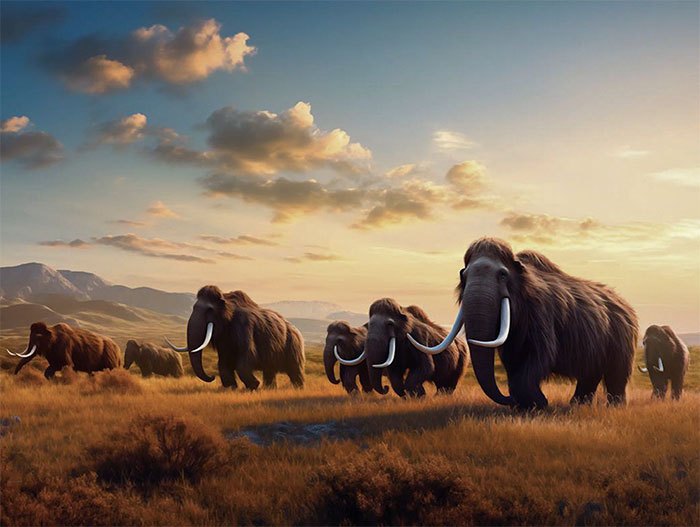
Ten thousand years later, we might see them roaming the Earth. Or, at least, a living creature that strongly resembles them.
“We don’t necessarily need to bring back a perfect genome of a mammoth because we want one that has certain things that mammoths didn’t have,” Church explained.
“Like we want them to be resistant to the herpesvirus that is causing a huge fraction of infant elephants to die.”
The elephants will, however, have key traits from the mammoths, such as their heavy coats and the layers of fat, which enable them to withstand cold climates.
The woolly mammoth was a big, shaggy species of elephant that roamed the tundra during the Pleistocene ice ages
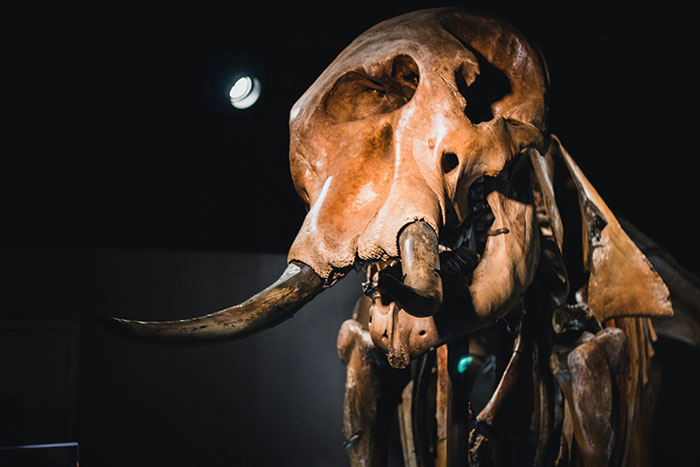
Church knows the leap towards de-extincting the wild beast is still considerable, but the progress will ease some of the way forward.
“This is kind of like asking Neil Armstrong if he plans to go to Mars — kind of misses the point he just landed on the moon on Apollo 11,” he said.
Oliver Ryder, director of conservation genetics at the San Diego Zoo Wildlife Alliance, explained that the cells can be used to study the biology, reproduction, and health of elephants.
Additionally, he said that the milestone has “enormous potential” for “conserving species’ genetic diversity, preventing extinction, and contributing to the sustainability of species.”
The biotech startup aims to introduce the elephant-mammoth hybrids into the wild to recreate the role once played by the mammoth in the Arctic ecosystem, grazing the land and trampling snow cover, potentially decelerating the melting of permafrost, as per Wired.
“This is probably the most significant step in the early stages of this project,” said George Church, a geneticist at Harvard University
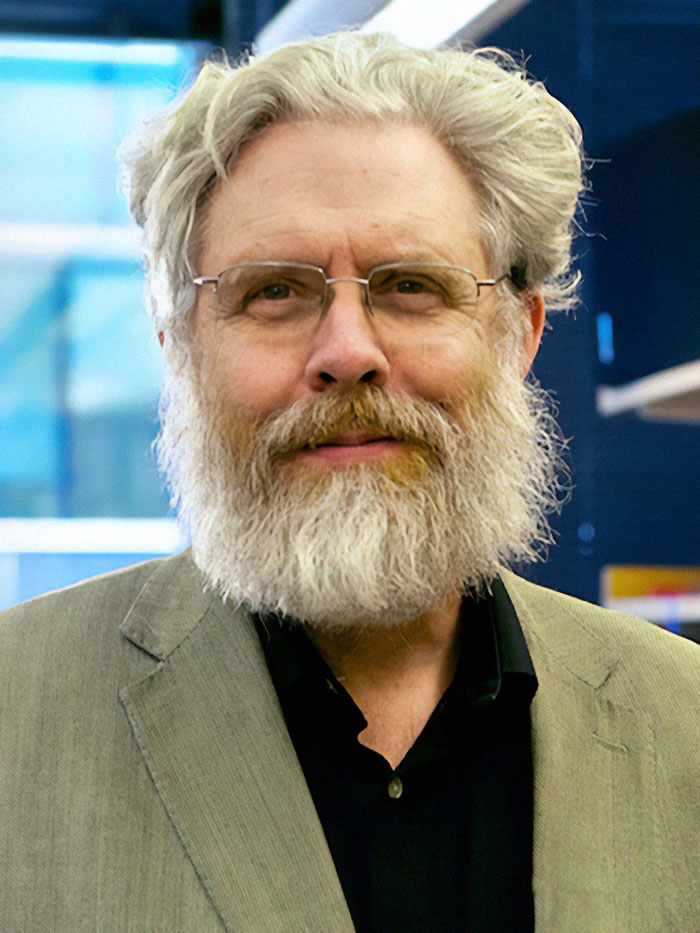
The goal is “to have them fully socialized in large herds. Some people think it’s a bad idea because it takes money away from conservation efforts, when in fact we’re injecting money into conservation efforts,” Church said.
The Harvard University geneticist believes the program could eventually protect endangered species like Asian elephants, whose population ranges from only 30,000 to 50,000, by expanding their habitat.
The ambitious project has raised ethical concerns among numerous scientists
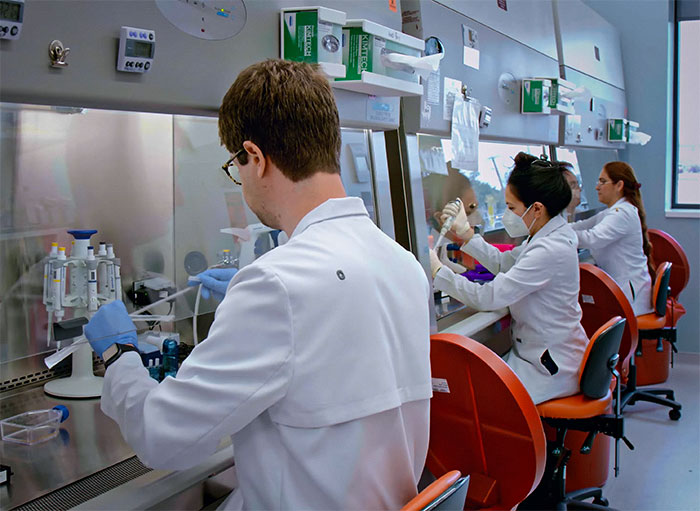
Colossal refers to their de-extinction program as “genetic rescue”
But not everyone shares his enthusiasm, as the ambitious project has raised ethical concerns among numerous scientists.
For instance, Karl Flessa, a professor of geosciences at the University of Arizona, called Colossal’s objective “irresponsible” and questioned whether the de-extinct animals would adapt to their new habitat.
“First of all, I think you’re going to get a bit of a freak show in a zoo somewhere,” she said.
And then, if you’re going to release a herd into the Arctic tundra, is that herd going to go marching off to its second extinction in the face of global warming?”
Joseph Bennett, an associate professor of biology at Carleton University in Ottawa, Canada, also opposed the program: “What I find troubling is bringing back some sort of a surrogate that is part-mammoth, part-elephant.”
“Bringing that back as something that would somehow be portrayed as conservation would be a difficult sell on my part.”
According to Colossal’s website, the biotech company also promises to resurrect the Tasmanian tiger and dodo bird, among “other projects already underway.”
People had mixed reactions to the scientific breakthrough

